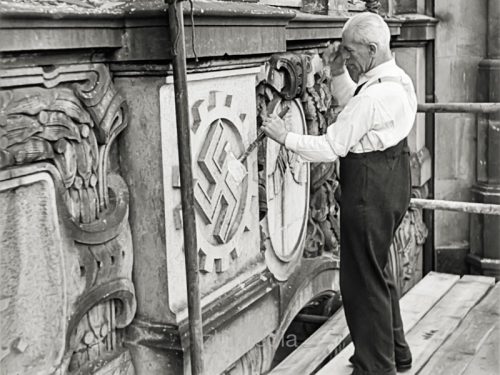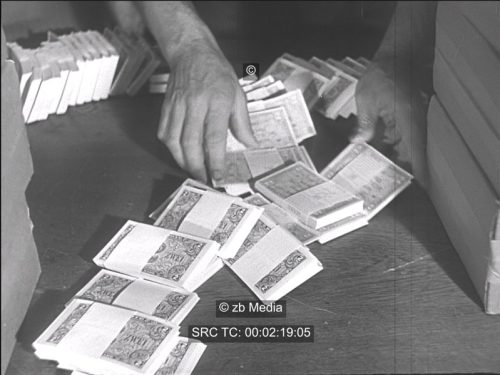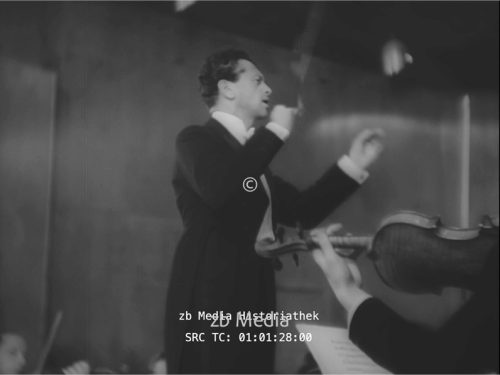Hermann Göring, a prominent Nazi leader and close associate of Adolf Hitler, amassed a vast collection of art during World War II through extensive looting and plundering across occupied Europe. Göring’s art collection, one of the largest and most notorious of the era, included approximately 1,400 works cataloged by Göring himself. This collection contained masterpieces by renowned artists such as Botticelli, Monet, Van Gogh, Renoir, and Velázquez (German History Docs) (Artnet News).
Göring’s acquisition methods were ruthless. Many artworks were confiscated from Jewish families and other victims of the Nazi regime. His collection was so significant that it was meticulously cataloged, indicating not only the artworks but also details about their original owners and the specific locations within his residences where they were displayed (Artnet News).
One notable event highlighting the extent of Göring’s looting occurred when American troops discovered a hidden cache of his stolen art in the Bavarian Alps at the end of the war. This trove included valuable pieces from various European galleries and private collections (German History Docs).
Göring’s actions have had long-lasting repercussions, contributing to ongoing efforts to identify and restitute stolen art. The publication of his complete art inventory has been a significant step in these efforts, aiding historians and restitution experts in tracking down and returning looted works to their rightful owners (Artnet News).
For further details, you can refer to the comprehensive sources documenting Göring’s art looting and collection practices, such as the German Historical Museum and various historical archives that provide insights into the provenance and restitution of these artworks (German History Docs) (Artnet News).






